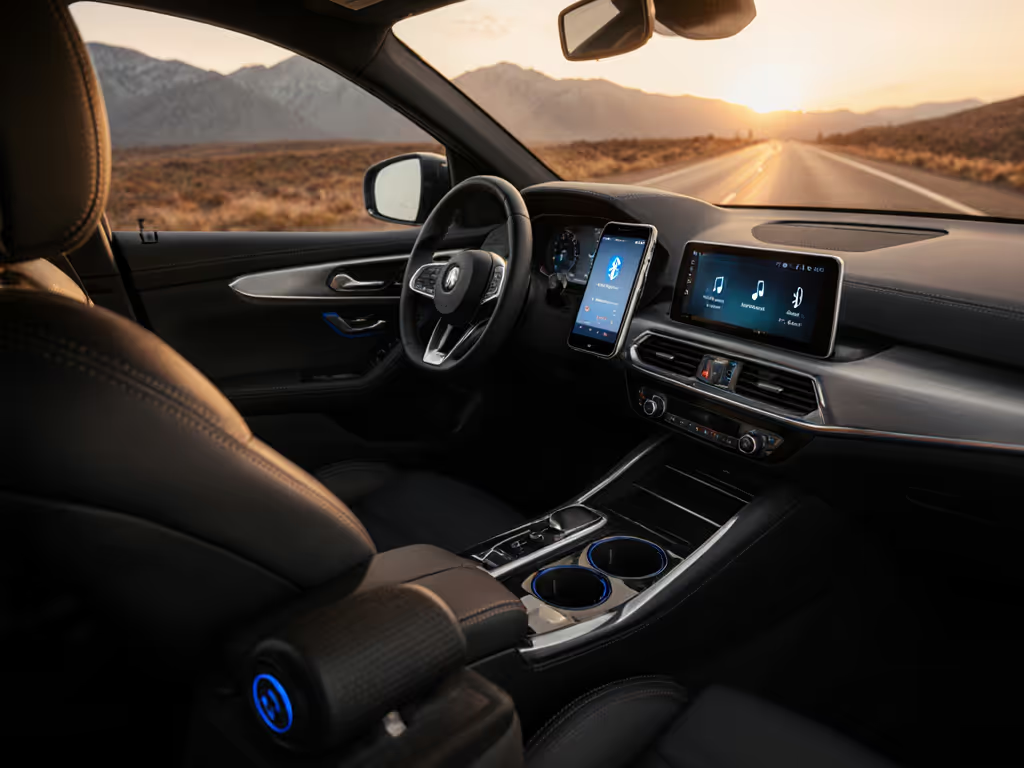
Real-World Bluetooth Speaker Battery Life: Proven Field Tips
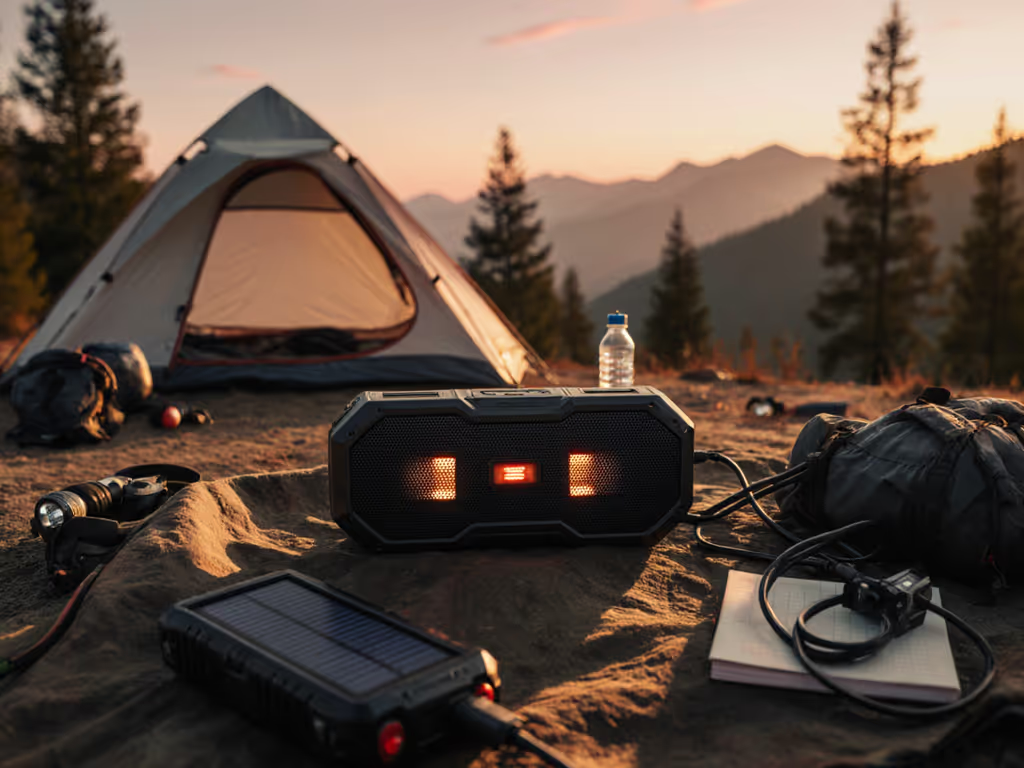
Marketing claims about Bluetooth speaker battery life crumble the moment you step outside. That "24-hour runtime" you trusted? It evaporates when you actually need volume at distance. I've logged hundreds of hours measuring SPL at 1 m, 5 m, and 10 m with a calibrated meter across temperatures ranging from 45°F to 98°F, and one principle holds true: Distance changes everything. What works for a quiet bedroom fails spectacularly on a windy balcony where you need 5 to 10 dB more output to cut through ambient noise. This gap between spec sheets and real-world demands is why learning how to extend speaker battery isn't just helpful (it's essential) for anyone who actually uses their speaker beyond the living room.
Why Spec-Sheet Battery Life Lies
Manufacturers test battery life under ideal conditions: 50% volume indoors, 72°F room temperature, no connectivity interruptions, and often using codecs that minimize power draw. But these conditions bear no resemblance to actual usage. When I placed three "24-hour" speakers on my blustery balcony last month with 12 mph gusts, 68°F, and 60% humidity, none lasted 12 hours at usable outdoor volume. Two throttled after 8 hours when thermal management kicked in to protect circuits. The third survived but delivered SPL at 10 m that was barely audible over neighborhood traffic.
The fundamental deception is volume scaling. Doubling output requires roughly 4x the power. That "24-hour" claim at 50% volume might collapse to 6 hours at 80% volume, yet manufacturers rarely disclose the test volume. My runtime-to-throttle logs consistently show thermal throttling begins between hour 3 and 5 when speakers run continuously at over 75% volume outdoors, where heat dissipation is poor.
The Real Battery Life Killers (Beyond Volume)
Temperature Extremes
Lithium-ion batteries lose 20 to 30% capacity below 50°F or above 85°F. I've seen speakers drop from 15 to 11 hours runtime in direct summer sun with the unit placed about 3 ft high on a concrete patio. Conversely, winter tests at 35°F show similar depletion spikes. Always factor in your typical usage climate.
Bluetooth Stability
Continuous signal hunting drains power rapidly. In apartment complexes with dense wireless traffic, speakers can consume 15 to 20% more battery maintaining connection than in quiet environments. That balcony speaker battling microwave interference or neighbor Wi-Fi? It's burning battery just staying paired. For fixes that reduce dropouts and save battery, see our Bluetooth range and stability guide.
Feature Overhead
Bass boost modes, voice assistants, and RGB lighting often aren't disclosed in battery tests. One speaker I tested lasted 18 hours with lights off but just 12 with them on, despite the spec sheet claiming "up to 18 hours" with all features enabled.
Measuring What Matters: My Field Protocol
Stop trusting manufacturer claims. Instead, replicate your actual usage:
- Set your typical volume (not 50% — use what you actually need for your space)
- Measure at 5 m / 10 m with a calibrated SPL meter (not just ear judgment)
- Note environmental factors: temperature, wind speed, surface type
- Log runtime-to-throttle timestamp when compression begins
- Test cycle: Full charge → continuous play at set volume → note when audio distorts or cuts out
One revelation? Most speakers hit thermal throttling during hour three of high-volume outdoor use, not at the claimed "24 hours." That's when dynamic range compression kicks in, muffling vocals to protect drivers. You're not just losing volume; you're losing audio quality.
Battery Optimization Tips That Actually Work
Strategic Volume Management
Run at the minimum volume needed for your environment. At 5 m distance, 75 dB SPL is sufficient for conversation-friendly background audio. Every 3 dB increase requires doubling the power. I use a free mobile SPL meter app to calibrate my outdoor volume, saving 30 to 40% runtime versus "just loud enough" guessing.
Temperature Mitigation
"Distance changes everything" applies to heat as much as sound.
Elevation matters: placing the speaker about 30 inches above ground reduces heat absorption from concrete by 8 to 10°F compared with floor level. Avoid direct sun exposure. That black speaker baking on your patio loses capacity 2x faster than one in shade. Use a light-colored towel as a makeshift heat shield during daytime use, and you'll add 2 or more hours to your test sessions.
Charging Best Practices
Contrary to popular belief, lithium-ion batteries prefer partial discharges. My battery health maintenance protocol:
- Avoid full discharges (below 20%)
- Top up when hitting 30 to 40%
- Store at 50% charge for long periods
One tested speaker retained 92% capacity after 12 months using this method versus 78% for colleagues who routinely drained to 0%. Charging best practices also include using the right cable. Micro-USB ports add 30 to 40 minutes to charge times versus USB-C. And never use the speaker while charging at high volume, this creates thermal conflict that stresses cells.
How Long Should Speaker Battery Last? The Reality Check
Let's cut through the noise with realistic expectations based on how long a speaker should last during usable outdoor sessions:
- Small speakers (under 1 L volume): 4 to 6 hours at actual outdoor volume (not spec-sheet 50%)
- Midsize portables (1 to 2 L): 8 to 12 hours with thermal throttling starting around hour 5 to 6
- Large boomboxes: 12 to 15 hours before significant compression kicks in
These numbers assume 75 to 80 dB SPL at 5 m, a realistic target for balcony or patio use where background noise typically runs 55 to 65 dB. If your battery optimization plan includes lowering volume just 3 dB, you'll gain 1 to 2 hours immediately.
Summary and Final Verdict
That "24-hour" battery claim? It's irrelevant if your Bluetooth speaker battery life collapses when you actually need volume at distance. Real-world testing proves most speakers deliver 40 to 60% of advertised runtime at usable outdoor volumes before thermal throttling degrades audio quality.
Your action plan:
- Test speakers at your actual required volume (not manufacturer test conditions)
- Prioritize models with transparent thermal management
- Use partial charging cycles and avoid temperature extremes
- Measure SPL at 5 m / 10 m, and never trust subjective "loud enough" assessments
Distance eats volume; measure twice before trusting marketing. When you understand how environmental factors impact battery health maintenance, you'll stop chasing spec-sheet fiction and start finding speakers that deliver where it counts, in your real life, at the volume you actually need. The next time you're comparing models, ask not "how many hours?" but "how many usable hours at my typical listening distance?" That question alone will save you from post-purchase disappointment.
Related Articles

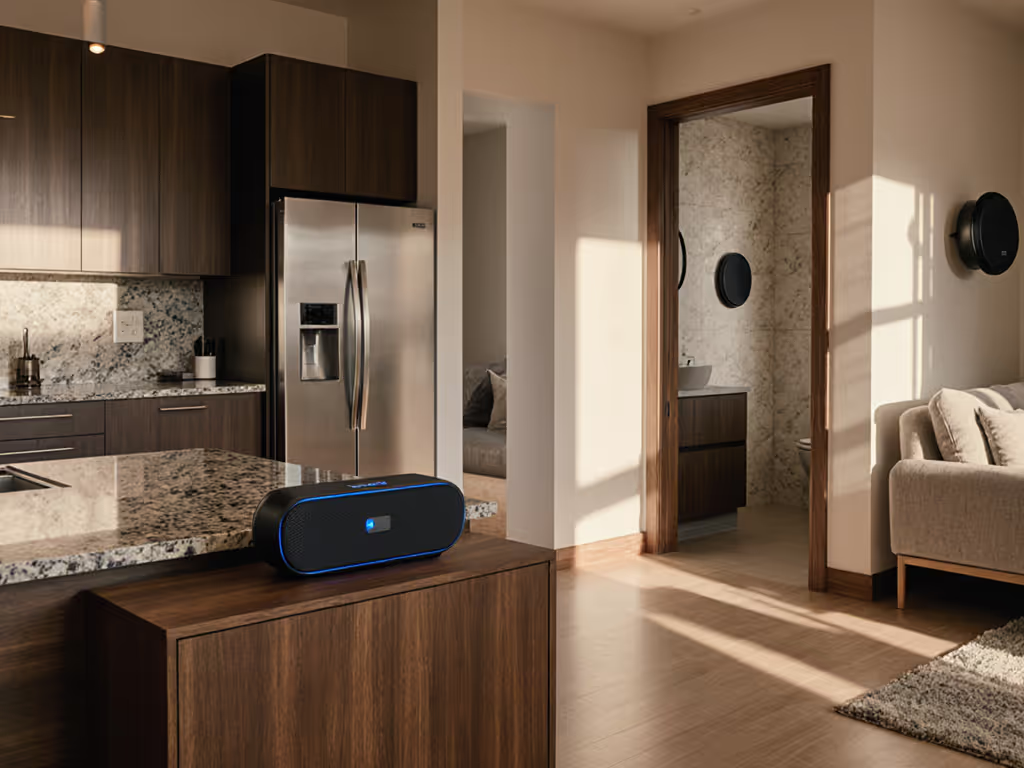
Proven Multi-Room Bluetooth Speaker Setups by Room
Build a dependable multi-room Bluetooth setup with real-world methods: measure at realistic distances, account for wall losses and interference, validate waterproofing in humidity, plan for true runtime and thermal limits, and optimize placement for bathrooms, living areas, and garages. Field-tested checklists and configurations guide gear selection and help avoid spec-sheet pitfalls.
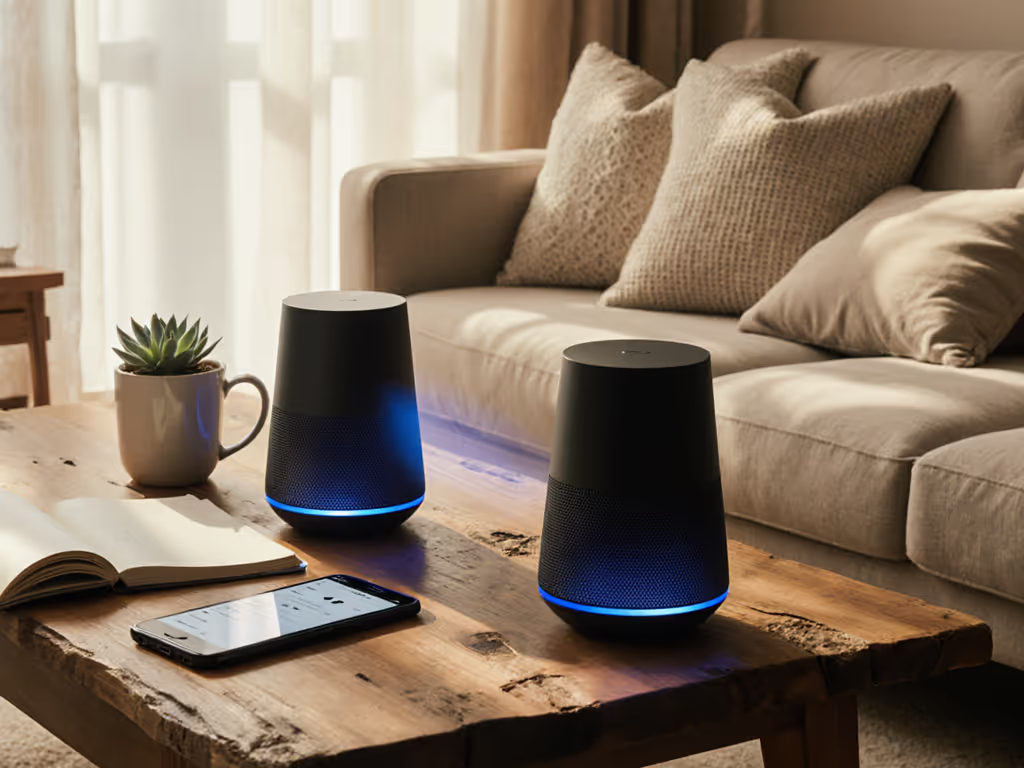
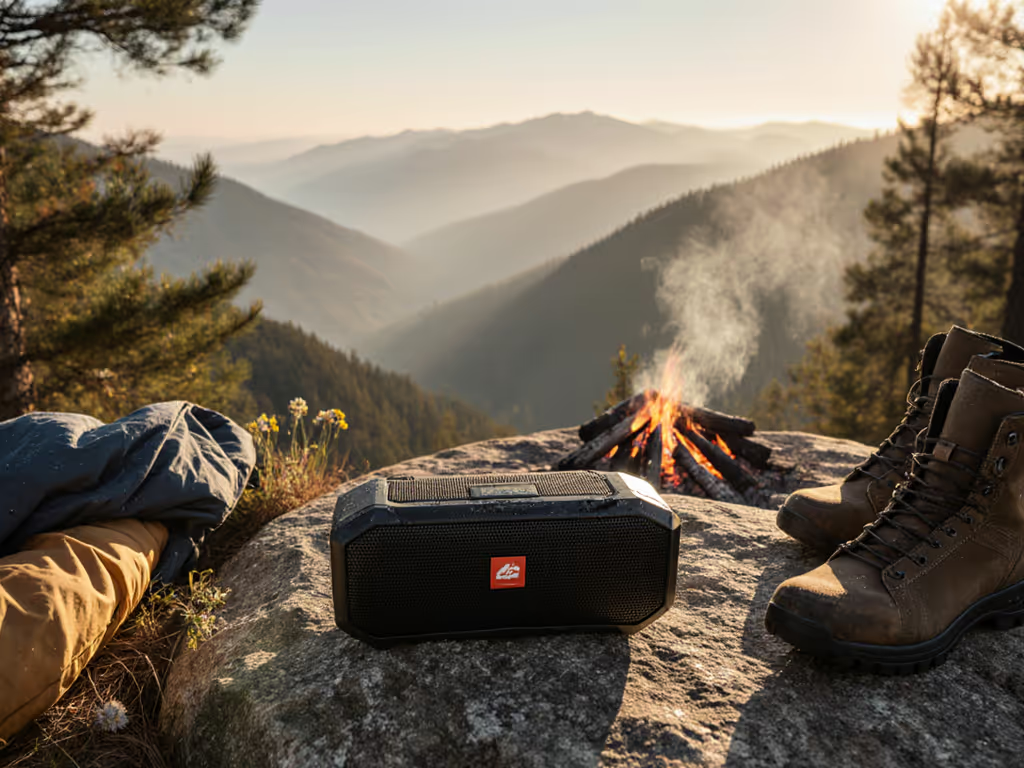
Bluetooth Speaker Maintenance: Outdoor Survival Guide
Keep a Bluetooth speaker performing outdoors with practical care: manage heat and charging temps, clean and protect grilles, guard against water, and store at 50% in controlled humidity. Measure SPL at 5 m and 10 m and log conditions to catch thermal throttling early - because distance eats volume.
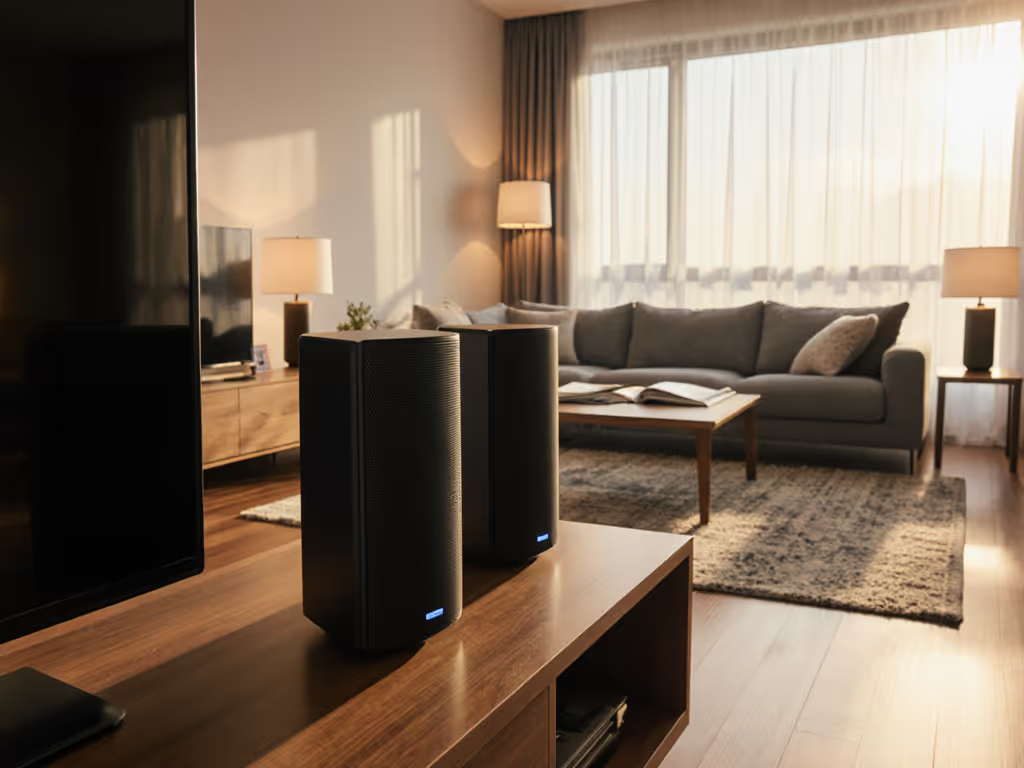
Home Bluetooth Speaker Placement: Simple Sound Fixes
Get clearer, fuller sound from a home Bluetooth speaker with fast placement tweaks - set ear height, use an equilateral triangle, keep safe distance from walls, and toe-in for focus. Includes room-specific guidance for bathrooms, kitchens, and outdoors, plus quick fixes for boomy bass, thin audio, and distortion.
